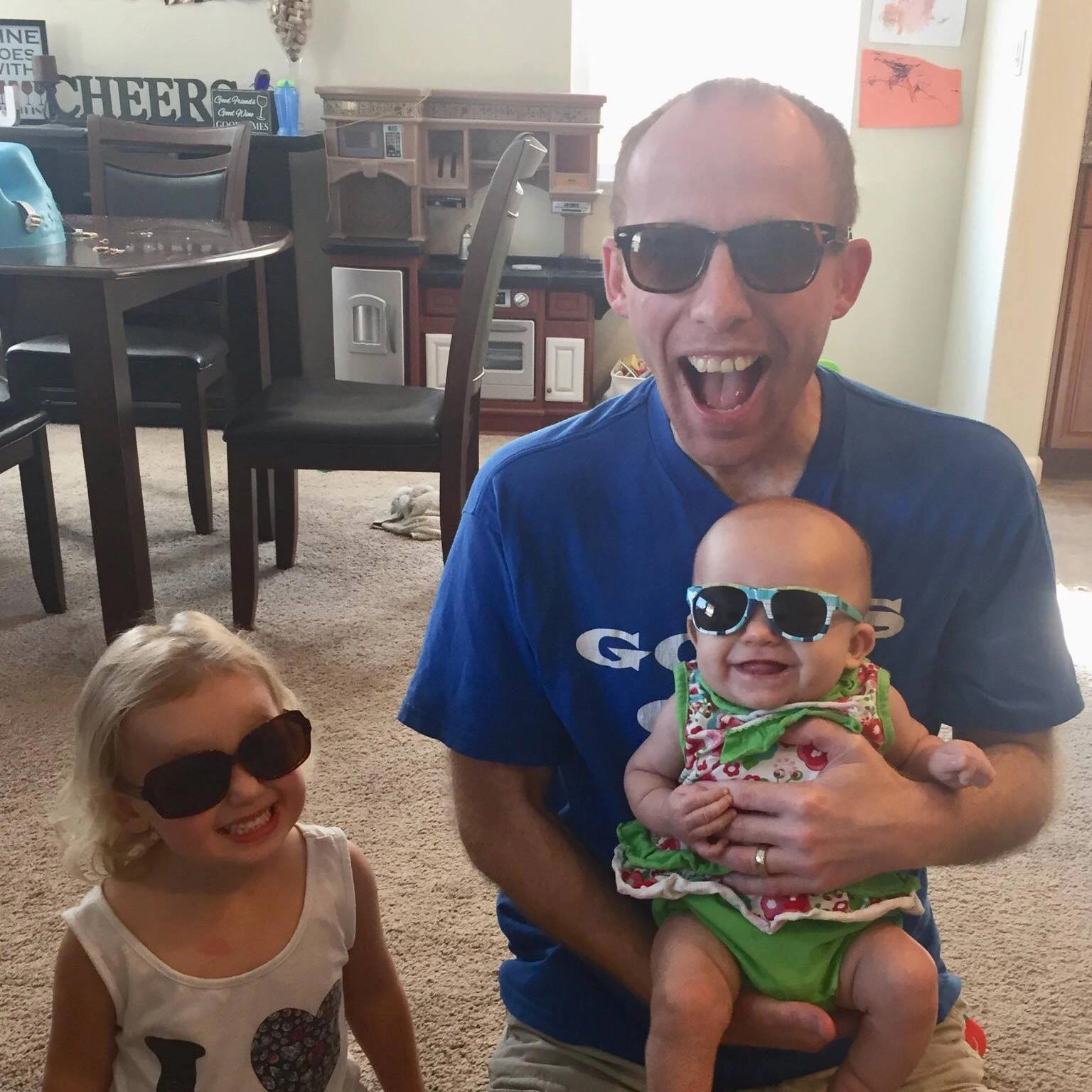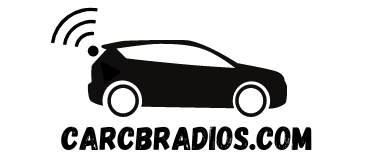By: Jeremy Neisser
Ever turned on your walkie-talkie and a very odd and annoying sound come through? This is radio squelch.
What does "Squelch" mean?
Answer: In radio communication, "squelch" refers to a circuit or feature that mutes or suppresses the audio output of a receiver when the received signal falls below a certain predetermined level. The purpose of squelch is to eliminate background noise or hiss when there is no meaningful signal being received.
When a radio receiver is not receiving a strong signal, it may still produce some level of noise or static. Squelch helps in minimizing this background noise by muting the audio until a signal with sufficient strength is received. The squelch threshold is usually adjustable, allowing users to set the sensitivity at which the squelch engages.
Squelch is commonly used in two-way radios, scanners, and other communication equipment. It improves the overall listening experience by ensuring that the user only hears audio when a valid signal is present, rather than continuous background noise when no communication is occurring.
It's important to set the squelch level as high as possible without eliminating the desired signal. High squelch levels reduce interference generally caused by local signals, such as amateur radio or two-way radios for example.
A low squelch setting will allow you to hear all received signals even if they contain heavy interference or static white noise.
Adjust your squelch level so only the wanted signal can get through while turning down the volume on your receiver until you hear no static.
The term squelch means control of noise in a receiver or transceiver by suppressing signals below a preset threshold level.

Radio Squelch can be used as a noun, adjective, and verb:
Noun
1) A circuit designed to eliminate background noise from a transmitted signal or reception
2) The control function that eliminates all audio output from a radio when no signal is present
3) In HAM radios, this feature regulates the volume displayed when there is no incoming data
4) The act of turning off communication over an insecure channel.
Adjective
1) The use of a squelch control to eliminate background noise (e.g., controlling the volume on an AM radio) 2) In HAM radios, it means that only signals above a certain level are being received.
3) Squelch function can mean Noisy, not clear or understandable as in this transmission is too squelched for me to understand what they're saying, this refers to audio output.
4) In HAM radios, an unsecured communications channel is prone to false triggering from noise and static.
A "squelch tail" is when there is a delayed response following an already-silenced transmitted signal; the result of insufficient squelch threshold setting.
You might like: What's the Difference between a Ham Radio & a CB Radio?
Verb
1) Reduce background noise by adjusting the squelch control
2) Temporarily turn off communication over an insecure channel.
The word "squelch" is a shortening of "squelching," the latter of which comes from obsolete verb " to squelch " (c. 1300), meaning to crush or press flat, which itself comes from Middle English " squelchen , " a derivative of the verb to squeeze .
In communication systems: A form of noise reduction that involves detecting unwanted signals and preventing them from being heard. Unwanted signals are suppressed if they fall below a set threshold level; thus, squelch is sometimes called noise gates.
In radio systems: A circuit in a transmitter or receiver that eliminates the audio from a desired signal, such as speech, at any point other than when the signal is actually being transmitted (or received). Also called squelch control .
In AMATEUR RADIO COMMUNICATIONS : The control used to eliminate background noise from a received signal.
Squelch Radio Level
The level of the noise-suppression system, normally ordered in steps of one decibel per step, with 0 dB representing the maximum suppression.
Adjusting this control reduces background noise and also eliminates certain types of unwanted signals. It is used especially to eliminate interference from CB radios or other two-way radio services such as FRS or GMRS.
Overall signal strength can be reduced even when you are receiving a strong voice transmission because your receiver's squelch is blocking out any weaker signals that may be present at the same time. The lower you set your squelch setting, the less likely noise will be heard.
Every Walkie-talkie is set to a default squelch level with the factory setting between 5 and 7 out of 30.
The lower the number, the less likely you will hear noise or interference from other radio services such as amateur radio.
Increasing it blocks out weaker signals.
How do I know where the interference or squelch is coming from?
Check your handheld radio's display to determine the source of interference or squelch, regardless of whether you are listening through headphones or speaker.
On most makes and models, you can find an option labeled "Signal Strength" on the menu.
This option shows how strong the signal is between a transmission and a receiver.
If you still have trouble finding out the source of interference or squelch after checking this feature, try turning off your Walkie-talkie while another transmitter nearby remains active; at some point in time, you will be able to detect the location of interference by tracking its intensity.
If it increases in volume as you move towards that direction then there's an increased probability that a certain device is causing interference or triggering the squelch system.
Be sure to check the following: - other radio stations nearby - any other devices that transmit and receive signals including garage doors, remote-controlled toys, cordless phones, and microwaves.
If you have eliminated all possibilities of interference then it's best to take your Walkie-talkie with you while moving around until you find out where exactly the squelch or interference is coming from. You will easily be able to spot the source once you pinpoint its location.
-You may like: the Best Handheld CB Radios with Reviews
An antenna can sometimes affect how well a handheld radio receives signals for distance communication.
The most common type of antenna used in hand walkie-talkies is rubber duck antennas which are usually attached to an extension cable and mounted on tops of vehicles like cars or trucks.
If you have an antenna mounted to your car then the chances of signal fading are more likely than those that don't have antennas at all.
Keep in mind that if you are using a mobile radio like HAM radios, UHF, and VHF radios for example; then these types are usually not affected by any kind of interference due to their design which is specifically created for long-distance communication purposes and use antennas with much higher gain compared to walkie-talkies'.
-You may like: The Different Types of Walkie Talkies Explained
If your handheld radio supports two-way communication, positively determine where the interference occurs by sending a brief signal when noise fills up your receiver.
If you have eliminated everything except the radio then try to move around with it, if interference stops occurring when you are moving then there is a good chance your antenna has been affected by the noise.
Accessories like an extension cable or a longer antenna may be needed in order to increase signal strength and distance as well as decrease any unwanted noises caused by local cell towers or other devices.
If your radio runs on batteries, also check if they are of high quality and not old since these kinds of issues may arise due to weak batteries that could lead to power loss. (below is the battery that I recommend)
The squelch system can also prevent you from being subjected to potentially sensitive information from others that you don't want to hear.
Like for instance, the channel that your bank is using can be protected through squelch so only authorized personnel can access it.
What is a Squelch Circuit?
The squelch circuit (or attenuator) in a radio receiver is an electronic device that silences the audio output when there is no wanted signal present at the antenna, thus preventing background noise or unwanted signals from being audible.
In other words – it mutes your speaker if there is nothing transmitting on the frequency you are listening to.
-You may like: CB Radio Frequencies & Channels chart
This is achieved by having a balanced audio circuit where when nothing is transmitting the level of the incoming signal is below the squelch threshold (set by the "Squelch" control).
When any desired transmissions are present they will cause sufficient AGC action to drive the audio output above the squelch setting causing it to "un-mute" and be heard.
The squelch level is set by the desired sensitivity of your radio – i.e. what signal level, in dBm or voltage will it take to cause the audio output to become audible (in other words: how quiet is a very silent room?).
For example, if you have a -120dBm signal and you set the squelch at -125 (equivalent to S-9) then it will cause the audio output to become audible as soon as the signal rises above -125dBm.
Multi-mode digital radios have a second setting called "Digital Squelch" which is different from the normal AF/FM Squelch control.
Digital squelch (also called "D-Squelch" or "DCS") effectively switches off the transmitter once a pre-set signal level is achieved on the receiver.
This does not affect the audio output but prevents your radio from transmitting if there is nothing present to talk to.
Most modern repeater controllers provide for programming DC-SQUELCH on one or more of the repeater's radios to prevent your radio from transmitting on a frequency if there is nothing to talk to.
None of the above will solve all RF interference issues, however, they can be used in conjunction with each other and/or along with carefully choosing frequencies that have minimal co-channel interference to give you the best chance of being heard when transmitting.
You may like:

Hi & Welcome!
My name is Jeremy and I have been an avid car nut for many year. My first car was an 1987 Honda CRX. I put in my first Kenwood stereo, amp, 2 10" JLs and a CB Radio in it and have been an avid user of CBs and car radios for years. I'll do my best to share my tips, information and thoughts to help you with whatever question you might have, ABOUT ME
After I graduated from High School, I worked 5 years are Radio Shack and 3 years at Circuit City answering questions and helping customers with various electronics questions.


